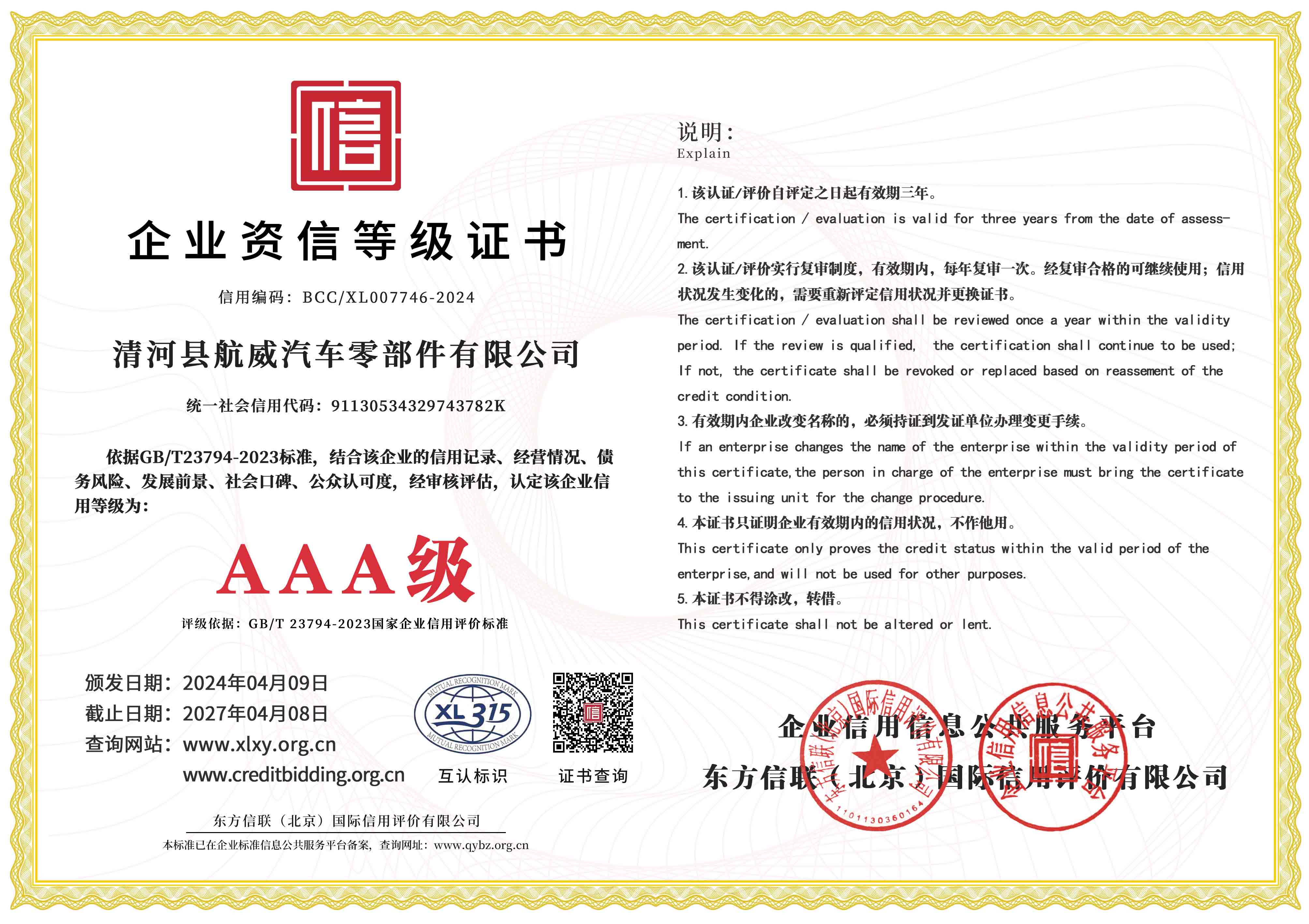slave cylinder line
Understanding the Slave Cylinder Line in Automotive Systems
In the realm of automotive engineering, the seamless functioning of numerous components is crucial for the reliability and safety of vehicles. One such component that plays an integral role in the operation of hydraulic systems is the slave cylinder. To comprehend its significance, it is essential to explore the slave cylinder line, particularly within the context of hydraulic clutch systems in manual transmission vehicles.
The slave cylinder is a crucial part of a hydraulic system, responsible for engaging and disengaging the clutch. It operates in conjunction with the master cylinder, forming a hydraulic circuit that transmits force from the driver's foot on the clutch pedal to the clutch assembly. The slave cylinder line refers to the hydraulic line that connects the master cylinder to the slave cylinder, ensuring the transfer of hydraulic fluid. This connection is vital for efficient clutch operation and overall vehicle performance.
When a driver presses the clutch pedal, the master cylinder generates hydraulic pressure that travels through the slave cylinder line to the slave cylinder
. The pressure causes the slave cylinder’s piston to move, which in turn pushes the fork or arm that disengages the clutch. This process allows the driver to change gears smoothly without the grinding that can occur if the clutch does not fully disengage.slave cylinder line

One of the advantages of hydraulic systems, including those that utilize a slave cylinder line, is their ability to maintain consistent performance under various conditions. Unlike mechanical systems, which can suffer from wear and tear, hydraulic systems provide more precise control and can adapt to the force applied by the driver. The hydraulic fluid, typically brake fluid, ensures that minimal effort is required to disengage the clutch, making it easier for drivers to operate their vehicles, especially in stop-and-go traffic.
However, the reliability of the slave cylinder line is imperative. Any leakage or failure in the line can result in a loss of hydraulic pressure, rendering the clutch inoperative and affecting the vehicle's drivability. Regular maintenance and inspection of the hydraulic system are essential to identify potential issues before they lead to significant problems. Technicians often check for signs of wear, corrosion, or leaks in the slave cylinder line during routine service checks.
In addition to performance and reliability, the choice of materials used in the construction of the slave cylinder line also affects its longevity. Modern vehicles often utilize stainless steel or reinforced rubber lines that can withstand high pressure and resist degradation over time. This advancement in materials contributes to the overall efficiency of the hydraulic system and ensures that the slave cylinder can perform optimally.
In conclusion, the slave cylinder line is a fundamental component of a vehicle’s hydraulic clutch system, allowing for smooth gear changes and reliable operation. Understanding the role of this line, alongside the slave and master cylinders, highlights the importance of hydraulic systems in automotive engineering. As technology continues to evolve, innovations in materials and design will likely enhance the performance and durability of these systems, ensuring that drivers enjoy a safer and more comfortable driving experience. Maintaining the integrity of the slave cylinder line through regular inspections and timely repairs will ultimately contribute to the long-term reliability of any vehicle equipped with a hydraulic clutch system.
-
Workings of Clutch Pipe and Hose SystemsNewsJun.04,2025
-
The Inner Workings of Hand Brake Cable SystemsNewsJun.04,2025
-
The Secrets of Throttle and Accelerator CablesNewsJun.04,2025
-
The Hidden Lifeline of Your Transmission Gear Shift CablesNewsJun.04,2025
-
Demystifying Gear Cables and Shift LinkagesNewsJun.04,2025
-
Decoding Clutch Line Systems A Comprehensive GuideNewsJun.04,2025
